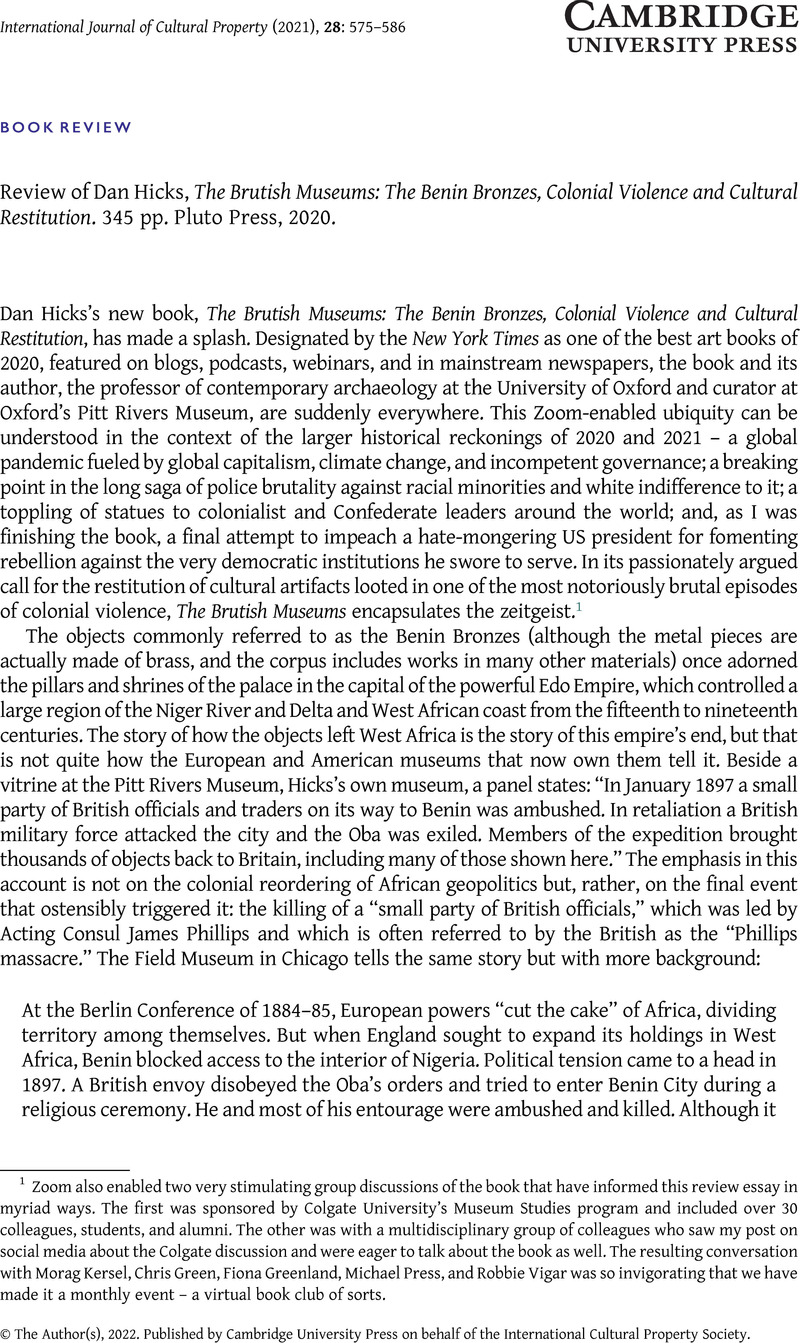Crossref Citations
This article has been cited by the following publications. This list is generated based on data provided by Crossref.
Duarte, Alice
2024.
Can We Accept Today That the Museum Continues to Convey Colonial Ideology? An Analysis of Two Fundamental European Instruments to Decolonize Museums.
Collections: A Journal for Museum and Archives Professionals,




